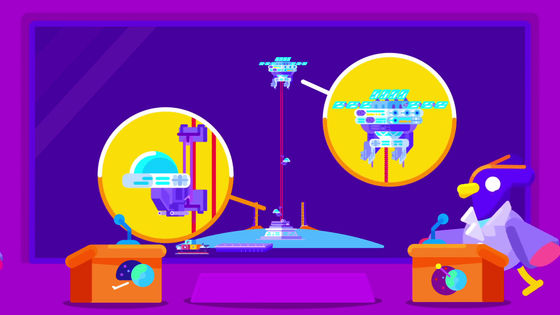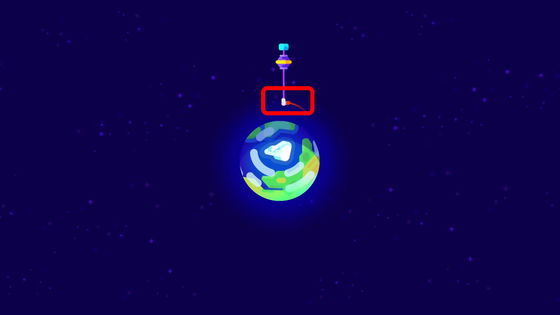What is the “Skyhook” project that extends the cable to the earth's orbit and makes a foothold in space?

Instead of rocket technology that can launch a small amount of materials into space even when a large amount of fuel is consumed, a technology called “
1,000km Cable to the Stars-The Skyhook-YouTube
Kurzgesagt expresses that going to space with current technology is like climbing a unicycle with a backpack packed with fireworks.

This is because, in order to shake off the earth's gravity with a rocket, a large amount of fuel must be burned and a speed of 40,000 km per hour must be produced, which entails enormous costs and accident risks.

Moreover, even if you have a hard time launching a rocket, only a small amount of

Skyhook, like bridges, ports, railroad tracks, and ropeways, is based on the idea of “building an infrastructure that supports the way to space”.

A similar concept technology is an orbital elevator that extends from the surface to a geostationary orbit, but unlike the orbital elevator, Skyhook does not require enormous initial investment or magical new technology.

Skyhook is a type of “

If you connect a spacecraft to one end of a cable that is several hundred to several thousand kilometers long ...

Carry the spaceship to the other end along the cable ...

The basic principle of Skyhook is to send it out to space at high speed.

In addition, there is an improvement plan that uses one end of the cable as a

The tether orbits around the earth's orbit while rotating ...

Send rockets to space as if they were thrown.

The tether must withstand

Since the edge of the tether descends to a position between 80km and 150km above the ground, the spacecraft can reach the universe without breaking through the atmosphere.

Therefore, the cost required is much less than going to space alone.

Since it is impossible for humans to connect a tether flying at 12,000 km / h and a spacecraft, we will use an automatic navigation system and drone.

There is also a problem that the tether loses rotational energy more and more as it sends out the spacecraft ...

The lost kinetic energy can be recovered by a reaction that returns the spacecraft that has returned from space to the ground. In other words, the tether plays a role like a kind of battery that saves energy for the spacecraft to travel back and forth in space.

Even if the orbit is off, it can be corrected with an engine that uses

The idea of maintaining rotation by regularly sending and receiving spaceships enables regular flights to and from Earth and Mars.

This makes it possible to go to Mars at a much lower cost than traveling by rocket.

Not only is it not fueled, but the 9 month trip between Earth and Mars has been reduced to a minimum of 3 months, and rockets can be reduced by 84-96%.

In addition, this mechanism is used to excavate asteroids and send the resources obtained to Mars for use in development ...

It is also possible to create a large-scale tether using the Martian satellite

Kurzgesagt concluded that it would not be a dream to connect the planets of the solar system one after another by connecting these networks.

Related Posts:







